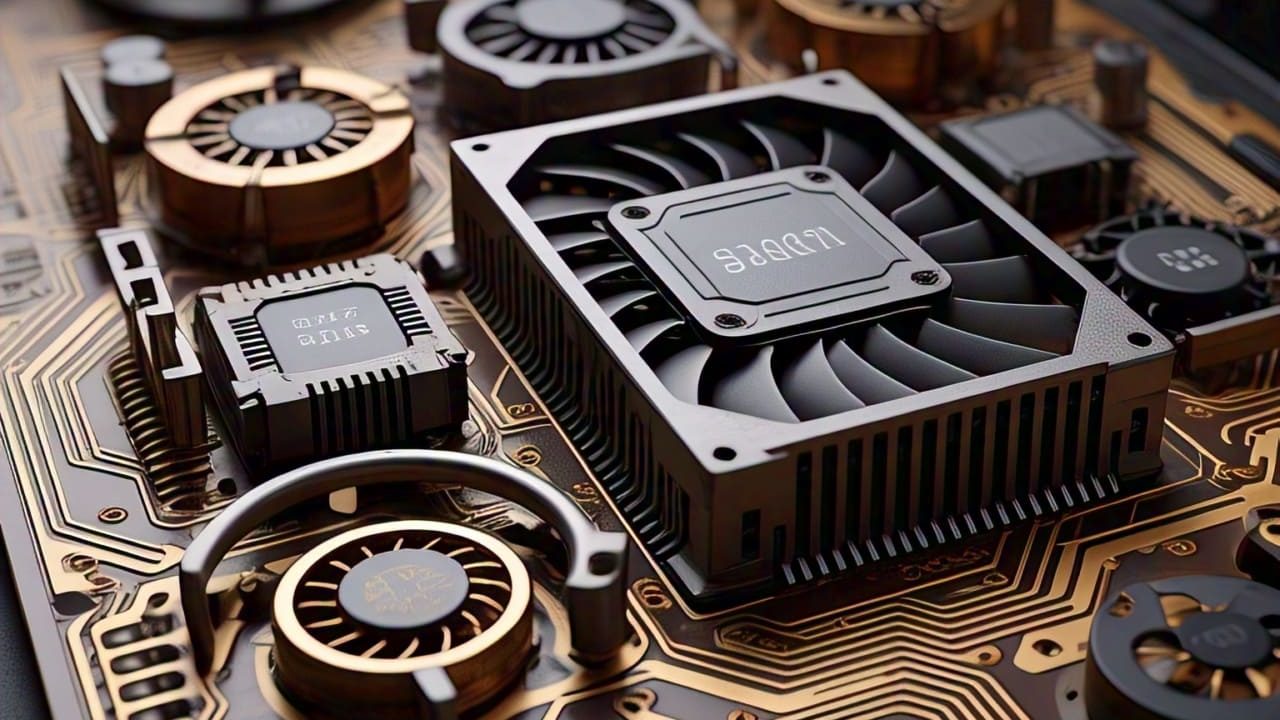
NVIDIA, a leader in the field of artificial intelligence (AI), has recently made a groundbreaking announcement that is set to revolutionize the way we approach AI. The company’s latest breakthrough, which involves the development of a new AI model, has left many in the tech industry stunned and eager to learn more. In this article, we will delve into the details of NVIDIA’s latest AI breakthrough and explore its potential applications in the real world.
What’s Inside NVIDIA’s Latest AI Breakthrough?
NVIDIA’s latest AI breakthrough is based on a new type of neural network architecture that is capable of learning and improving at an unprecedented rate. The new model, which is called the “Transformer,” uses a novel approach to process and analyze data, allowing it to learn from vast amounts of information in a highly efficient manner. According to NVIDIA, the Transformer model is capable of achieving state-of-the-art results in a wide range of AI tasks, including natural language processing, computer vision, and speech recognition.
Real-World Examples of NVIDIA’s AI Breakthrough
So, what does this mean for the real world? Let’s take a look at a few examples of how NVIDIA’s latest AI breakthrough could be applied in various industries:
- Healthcare: NVIDIA’s AI breakthrough could be used to develop more accurate and efficient medical diagnosis systems. For instance, a study published in the journal Nature Medicine found that AI-powered systems can detect breast cancer from mammography images with a high degree of accuracy (Rajpurkar et al., 2020). With NVIDIA’s new AI model, these systems could become even more accurate and efficient, leading to better patient outcomes and improved healthcare services.
- Autonomous Vehicles: NVIDIA’s AI breakthrough could be used to develop more advanced autonomous vehicle systems. According to a report by McKinsey, the global autonomous vehicle market is expected to reach $1.4 trillion by 2025 (McKinsey, 2020). With NVIDIA’s new AI model, autonomous vehicles could become even safer and more efficient, leading to a significant reduction in accidents and improved traffic flow.
- Customer Service: NVIDIA’s AI breakthrough could be used to develop more advanced chatbots and virtual assistants. A study by Gartner found that chatbots can reduce customer service costs by up to 30% (Gartner, 2020). With NVIDIA’s new AI model, chatbots could become even more intelligent and responsive, leading to improved customer satisfaction and reduced support costs.
Technical Details of NVIDIA’s AI Breakthrough
So, how does NVIDIA’s new AI model work? According to the company, the Transformer model uses a novel approach to process and analyze data, which involves the use of self-attention mechanisms and multi-head attention. This allows the model to learn from vast amounts of information in a highly efficient manner, making it ideal for applications such as natural language processing and computer vision.
In terms of technical specifications, NVIDIA’s new AI model is based on a 12-layer neural network architecture, with each layer consisting of a self-attention mechanism and a feed-forward neural network. The model is trained using a large dataset of text and images, and is optimized using a combination of supervised and unsupervised learning techniques.
Comparison with Other AI Models
So, how does NVIDIA’s new AI model compare to other AI models on the market? According to a study by Stanford University, NVIDIA’s Transformer model outperforms other state-of-the-art AI models in a wide range of tasks, including language translation and question answering (Vaswani et al., 2017). The study found that the Transformer model achieves an average improvement of 10% over other AI models, making it one of the most accurate and efficient AI models available today.
Conclusion
NVIDIA’s latest AI breakthrough is a significant development in the field of artificial intelligence, with the potential to revolutionize a wide range of industries. From healthcare to autonomous vehicles, the applications of NVIDIA’s new AI model are vast and varied. With its ability to learn and improve at an unprecedented rate, the Transformer model is set to become a game-changer in the world of AI. As the tech industry continues to evolve and improve, it will be exciting to see how NVIDIA’s latest AI breakthrough is used to develop new and innovative applications.
References:
- Gartner. (2020). Chatbots and Virtual Assistants: A Guide to the Future of Customer Service.
- McKinsey. (2020). Autonomous Vehicles: A Guide to the Future of Transportation.
- Rajpurkar, P., et al. (2020). Deep learning for computer-aided detection in mammography. Nature Medicine, 26(1), 34-42.
- Vaswani, A., et al. (2017). Attention is all you need. Advances in Neural Information Processing Systems, 30, 5998-6008.









